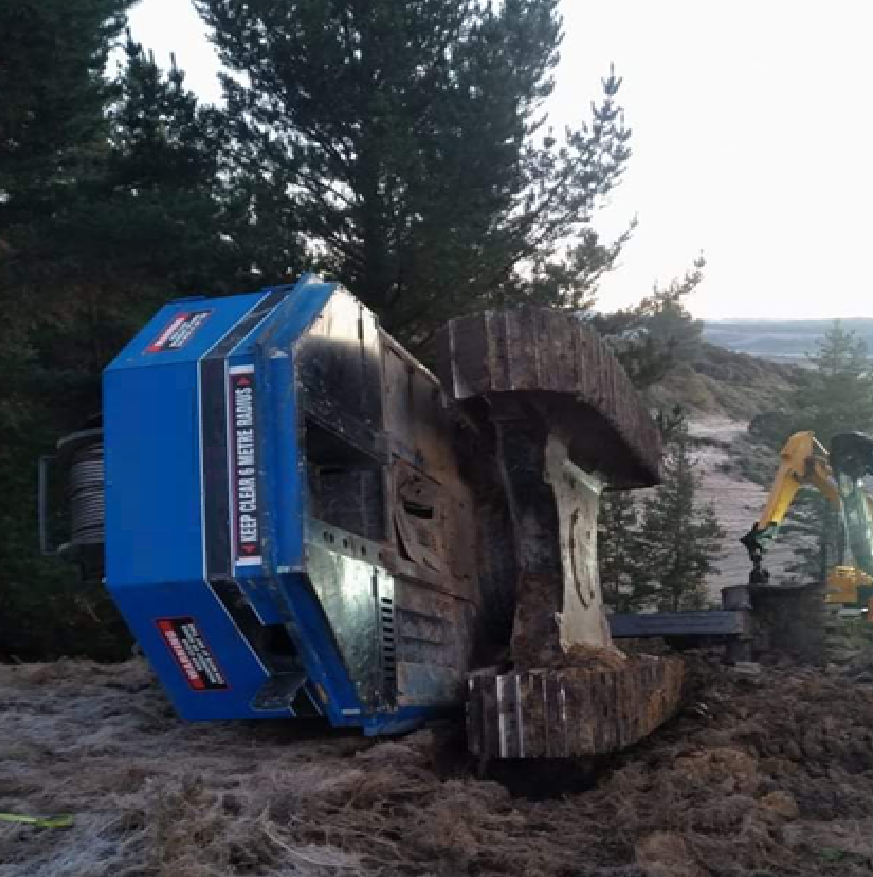Rollovers. What are we Finding?

Apart from some main causes, attributable to planning, machine positioning and a loss of rope tension during critical times e.g. line shifts there are three other factors that have kept surfacing during investigations:
- Production Pressure - coupled with slow going e.g. due to piece size and/or undergrowth.
- Experience - or not being fully trained and/or left without supervision and/or SBOs completed.
- Poor Ground Conditions - which have destabilised the setup¹ and should not have been operated on.
Managing Risk & Recommendations!
- Ensure that felling and winch machines are parked in stable positions when performing line shifts, especially when the tether rope(s) are tightening.
- Ensure that the most experienced person on the job has oversight of the planning right down to the setup¹ the placement of machinery and the lines operators will work on.
- If using anchors these should be selected, positioned, and/or constructed by a competent person and checked daily. So too, independent winch systems.
- Double check ground conditions to ensure maximum holding of the winch machine.
- The WorkSafe NZ fact-sheet Winch-assisted harvesting on steep slopes notes that PCBUs should consider emergency back-up systems (that would help an operator to meet the requirements of ACOP 6.4) e.g. a warning device to warn the machine operator of anchor movement.
- PF Olsen also requires four-point harnesses and the wearing of strapped helmets.
- Focus on training and learning noting that there are NZQA unit standards available. Call on the skills of mentors and have them come and review how you are operating.
- Read information published on other incidents e.g. on the Safetree website. See https://safetree.nz/wp-content/uploads/2018/09/Alert-Machine-Rollover-2017.pdf
View this article in Safety Bulletin 121
